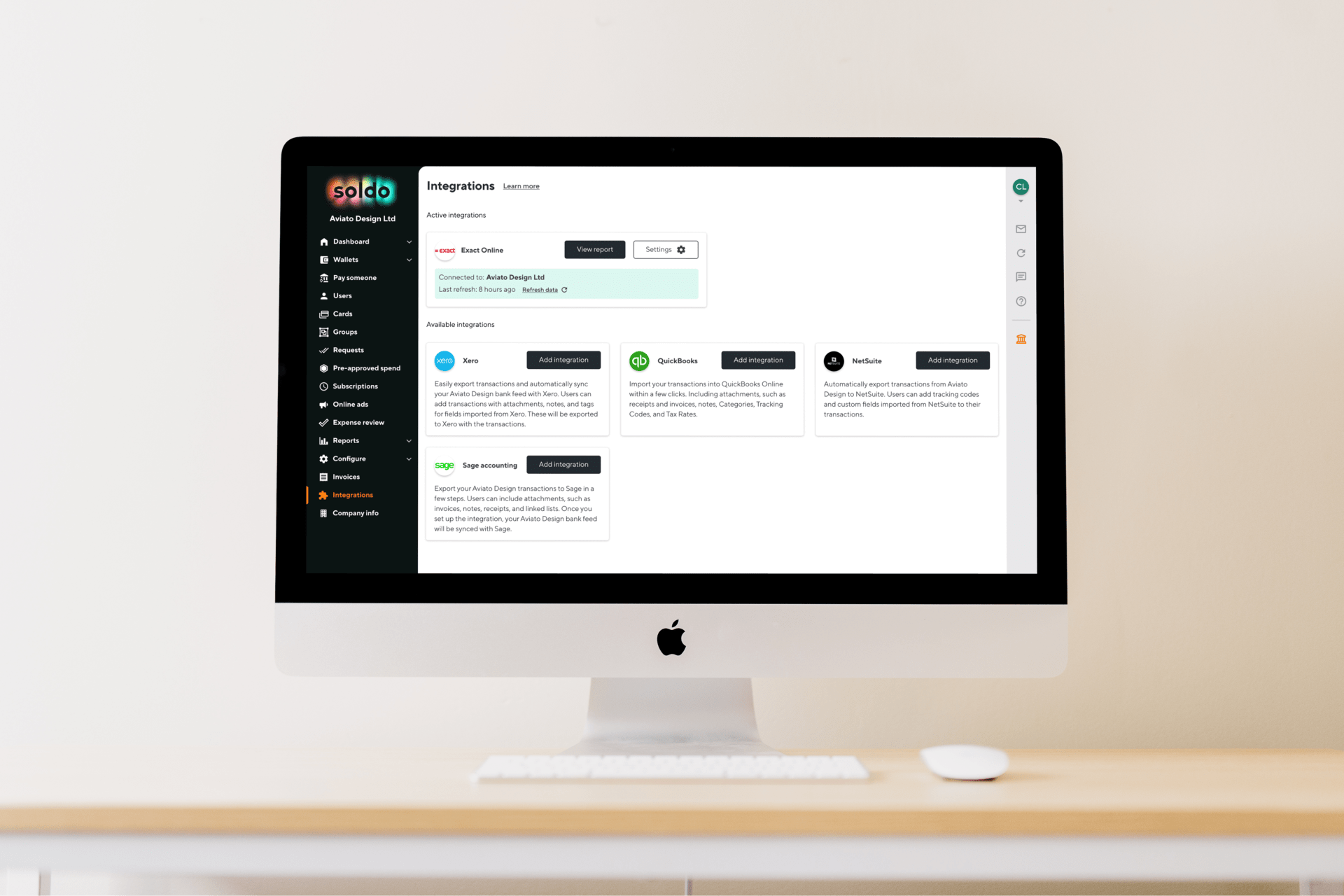Given the mass adoption of cloud accounting software, you are likely to be already using several finance automation features. Whether that’s related to bookkeeping or VAT returns filings (among other things).
However, are you pushing automation to the limit in your company? Doing so can help streamline processes, save time and allow better strategic decisions in today’s unpredictable economy.
Cloud vendors have several automation features you may not be aware of, such as fixed asset register maintenance and the option to post recurring journals.
Additionally, the automation capabilities of cloud accounting software can be furthered through third-party integrations. This includes group consolidations, inventory management, spend management and payroll.
An emerging new category is tools that automate intercompany recharges for group companies. These can save significant time at month end for large companies.
Review our checklist below to ensure you have all the vitals covered.
Push core cloud accounting software to the limit
If you’re using cloud accounting software such as Xero, QuickBooks, Sage or Netsuite, you’ll already be taking advantage of automation features related to bookkeeping. However, you may be missing out on incorporating automation features less apparent.
For example, month-end processes can be streamlined by automating admin-heavy workflows such as fixed asset registers and recurring journals.
Fixed asset registers take time and effort to maintain. It can be challenging to track whether assets have been fully written off and if consistent depreciation methods have been applied.
Most cloud vendors have fixed asset registers that allow you to log all items and set up a universal depreciation strategy. When it’s month-end, all you have to do is click a button for a complete depreciation journal to take place rather than posting an entry for every item in the register.
Similarly, recurring journals related to prepayments can take up significant resources for large SAAS companies. Setting up schedules to post recurring journals will ensure these can be completed automatically at month-end, eliminating the risk of team members forgetting to post them.
Group consolidations
If you work in a large company, it will likely consist of several related group entities and a corporate structure. This may be due to the creation of new companies for international markets or products as well as efficiencies related to tax planning.
Many mid-market cloud accounting vendors have limited consolidation features or may not offer this functionality. Consolidating at the group level is essential as it gives you full visibility of how the overall company is functioning.
Many CFOs still download data manually and consolidate via spreadsheets. While this can be a workaround, it still takes time and creates the possibility of not applying consistent standards at the group level, such as revenue recognition.
Instead, using a cloud consolidation tool, such as Spotlight Reporting and Fathom, can consolidate all entities at the group level and apply consistent accounting standards related to revenue recognition and currency gains/losses.
This will give you visibility on group performance in real-time rather than just once per month.
Intercompany recharges
Companies with multiple entities have to post monthly journals to reclassify costs and revenues across their group for better visibility of how each company is performing.
For example, one company may pay SAAS costs on behalf of the entire group, with them needing to be recharged for each entity. Until recently, there has been no way to do this through automation, with this work being completed manually and on spreadsheets.
However, emerging vendors like Mayday allow you to create rules to apportion and calculate costs to group companies. Recharge rules can be made based on costs, cost plus or on a percentage basis.
You can review the final transactions before they are posted as journals through accounting software integrations.
Inventory management
Companies selling physical goods have extra complications compared to those who just sell services.
If this applies to you, you’ll need to run an inventory management system to keep track of stock levels, including returns, defective items and unfulfilled orders.
It’s still common for finance teams to run their inventory on disparate systems from their cloud accounting software that require a login and the need to upload and download records.
Adopting a cloud inventory system, such as Unleashed, ensures that stock data is always up to date. It handles tricky accounting entries related to returns, samples and stock in transit.
Real-time visibility of stock levels will also help optimise sales and ensure customers are not disappointed about stock being listed as available when it’s not.
Payroll
You need to pay staff accurately and on time as they are the most important asset in any business.
However, running payroll is a complex and time-sensitive task. Your team will only have the necessary data to run it around a week before the month end and then a couple of days to approve and set up payments once it has been checked.
Payroll can be streamlined by incorporating cloud payroll tools, such as BrightPay and IRIS Payroll. These tools provide finance teams with an easy-to-use interface and workflow while doing the heavy lifting in the background.
Unlike working off spreadsheets, this automatically updates rates for PAYE, NICs and student loan payments and takes care of fiddly elements of, including mid-month pay rises, pensions and student loans.
Getting data into accounting software becomes easy by using APIs to map payroll records to their relevant entries into the chart of accounts, with journals being created for easy import via CSV files.
Spend management
Managing employee expenses is usually a significant admin burden. Finance teams often receive out-of-pocket expenses and associated reports of variable quality, with transactions misclassified.
Alternatively, corporate cards provide you with poor visibility and spending limits. This makes it challenging to track how funds are being spent and the categories they relate to. However, adopting a spend management platform for employee expenses will improve the accuracy and visibility of employee spending.
Tools like Soldo, consisting of pre-paid debit cards and a software platform, improve the accuracy of reporting. Soldo does this by automatically capturing values from photos snapped by employees. Soldo then selects the most relevant category based on chart of accounts data imported from core accounting software.
Additionally, you can access a real-time view of employee spending to enable better decision-making related to budgeting. For example, you may make more funds available for marketing activities showing a high return on investment.
Apply an iterative mindset to finance automation
Applying a culture of continuous improvement through automation can result in productivity gains. Automation allows you to benefit from closer to real-time information and faster production of management information.
Stay on top of the latest developments by tasking a member of your team to monitor new releases on the app marketplaces of accounting vendors.










